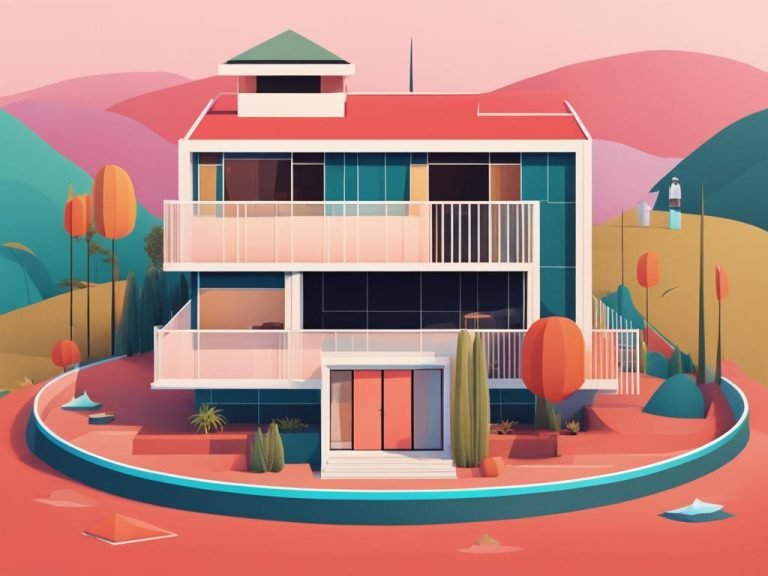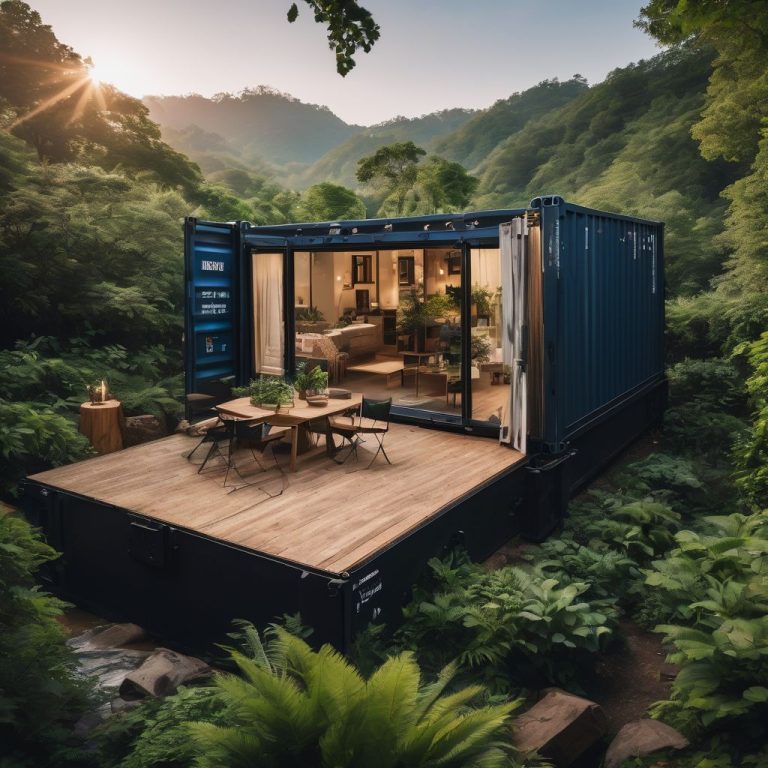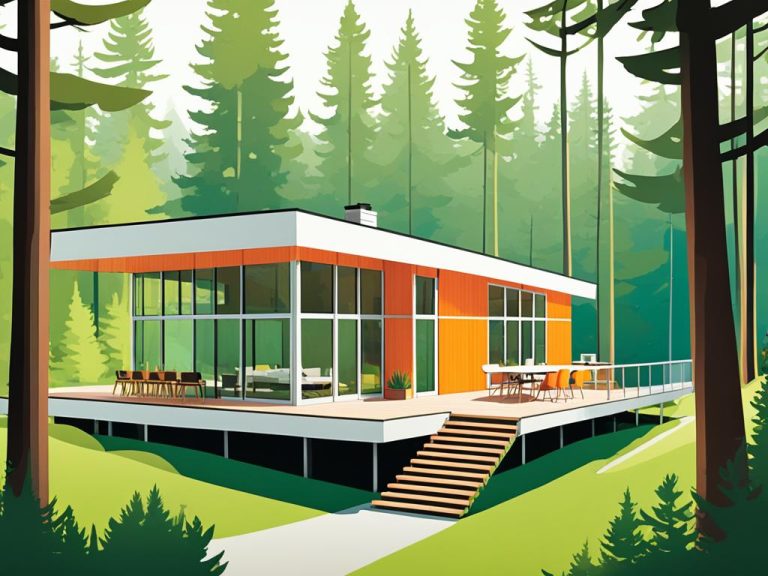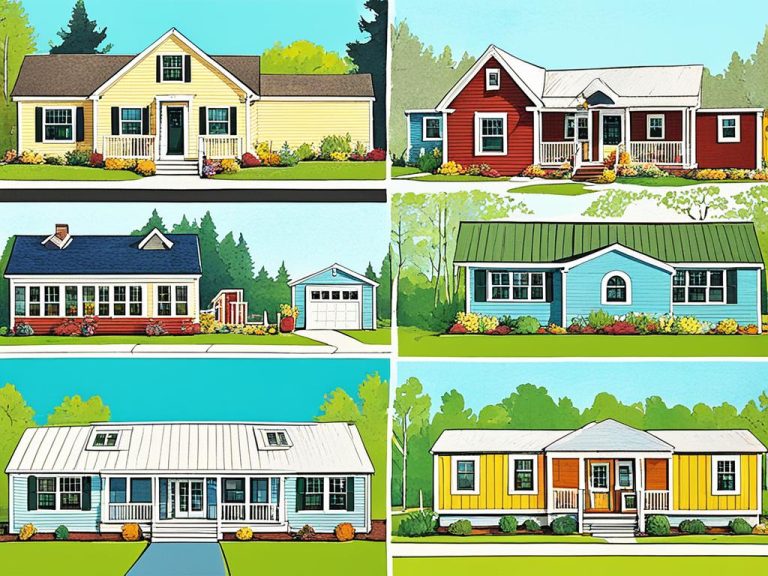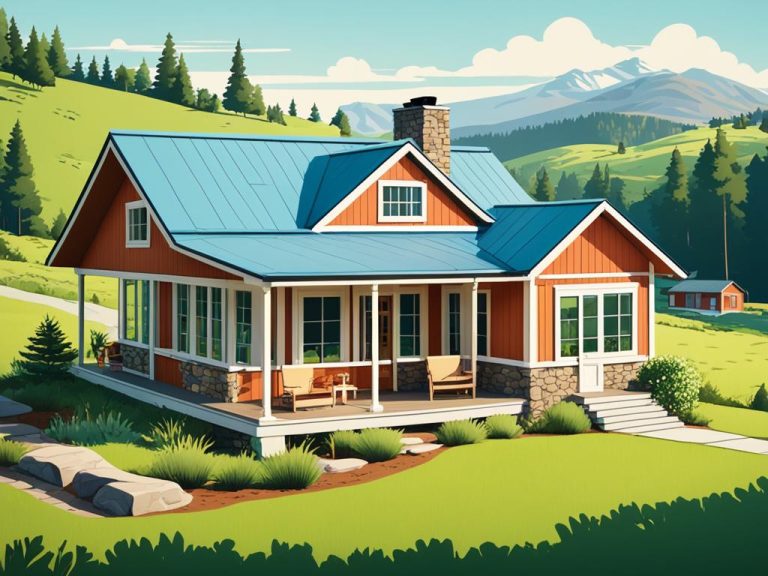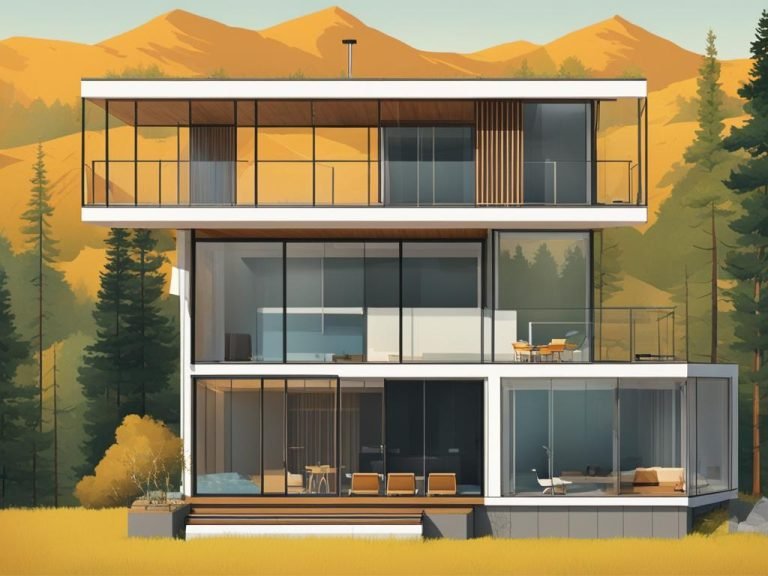Grand Designs Prefab House Cumbria – A Leap in Sustainable and Innovative Construction
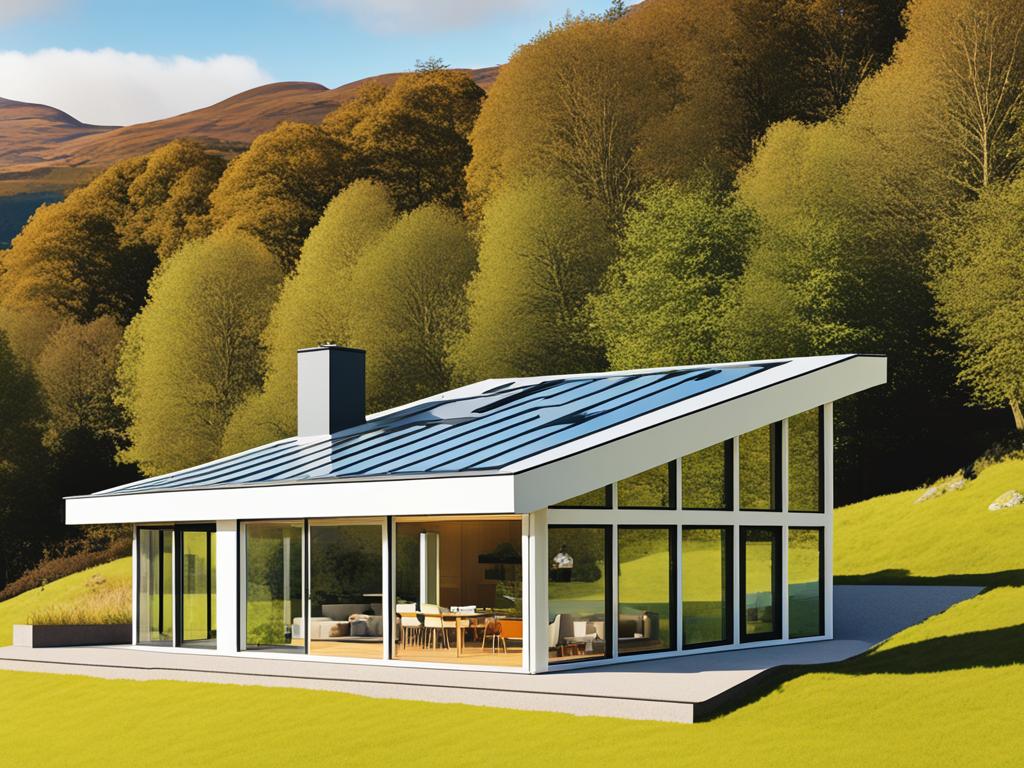
In the picturesque county of Cumbria, Alan Dawson’s Adaptahaus Grand Designs project stands as a testament to the possibilities of sustainable and innovative construction. This bold endeavor showcases a unique prefab house design that has the potential to revolutionize the housing market. With its contemporary aesthetics, efficient engineering, and use of sustainable materials, the Adaptahaus project embodies the future of eco-conscious living.
Key Takeaways:
- The Grand Designs Prefab House in Cumbria is a groundbreaking project that combines sustainability and innovation.
- Alan Dawson’s Adaptahaus is a prefab house with a prefabricated steel structure, enabling rapid construction and rebuild anywhere.
- The adaptable design of the Adaptahaus allows for customization and accommodation of changing needs.
- Eco-friendly features such as solar panels and rainwater collection tanks contribute to the house’s sustainability.
- Although the Adaptahaus was more expensive to build, its potential to address housing shortages and inspire future construction methods makes it a compelling investment.
Alan Dawson’s Adaptahaus project in Cumbria is just one example of the many remarkable prefab house projects featured on Grand Designs. These projects demonstrate the versatility and efficiency of innovative construction methods, inspiring individuals and industries alike to embrace sustainable design and construction practices.
Alan Dawson’s Adaptahaus: An Inspired Idea for Solving Britain’s Housing Shortage
Witnessing the rapid construction techniques employed while working on a high-rise in Canary Wharf, Alan Dawson was inspired to create Adaptahaus – an innovative solution to Britain’s housing shortage. Drawing on the improvements made in the car industry, Alan believed that the UK construction sector needed to embrace new methods of building houses. Manufactured in Cumbria, his steel frame combined with pre-built panels enables a fast and adaptable building process. With this groundbreaking housing system, Alan aimed to provide a sustainable and efficient solution to the pressing issue of housing scarcity.
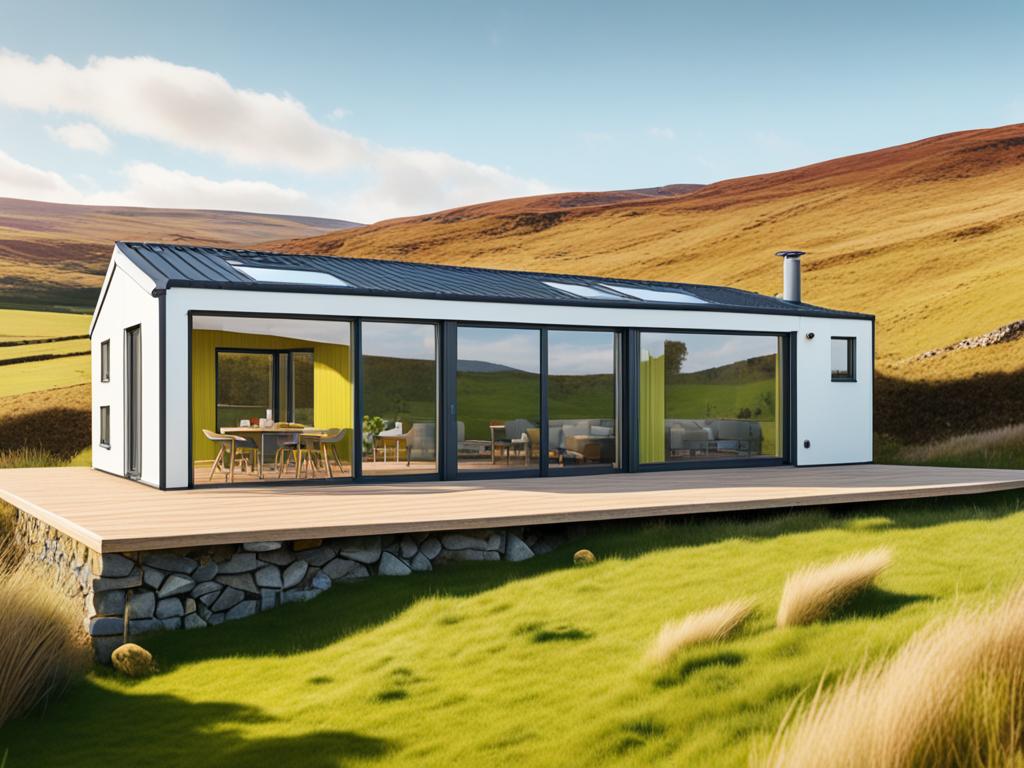
Alan Dawson’s Adaptahaus presents a fresh approach to addressing Britain’s housing shortage. By adopting the techniques seen in the car industry, Alan’s vision offers an innovative housing system that can be quickly constructed and easily adapted. The steel frame, manufactured in Cumbria, ensures durability and strength, while the pre-built panels allow for a faster building process. This adaptable design allows homeowners to modify their living space as their needs change over time.
The Adaptahaus concept tackles the housing shortage in an efficient and sustainable manner. By embracing Alan Dawson’s innovative approach, Britain has the opportunity to overcome the ongoing housing crisis and provide safe, affordable, and adaptable homes for individuals and families across the country.
The Rapid Build and Adaptability of Alan Dawson’s Home
Alan Dawson’s Adaptahaus was an extraordinary feat of construction, designed for rapid build and adaptable design. The entire house was erected in just five days, showcasing the efficiency and speed of modern building techniques. To illustrate this remarkable achievement, take a moment to imagine a typical home construction process that would usually take months or even years. Now, picture Alan’s Adaptahaus rising from the ground in a mere five days.
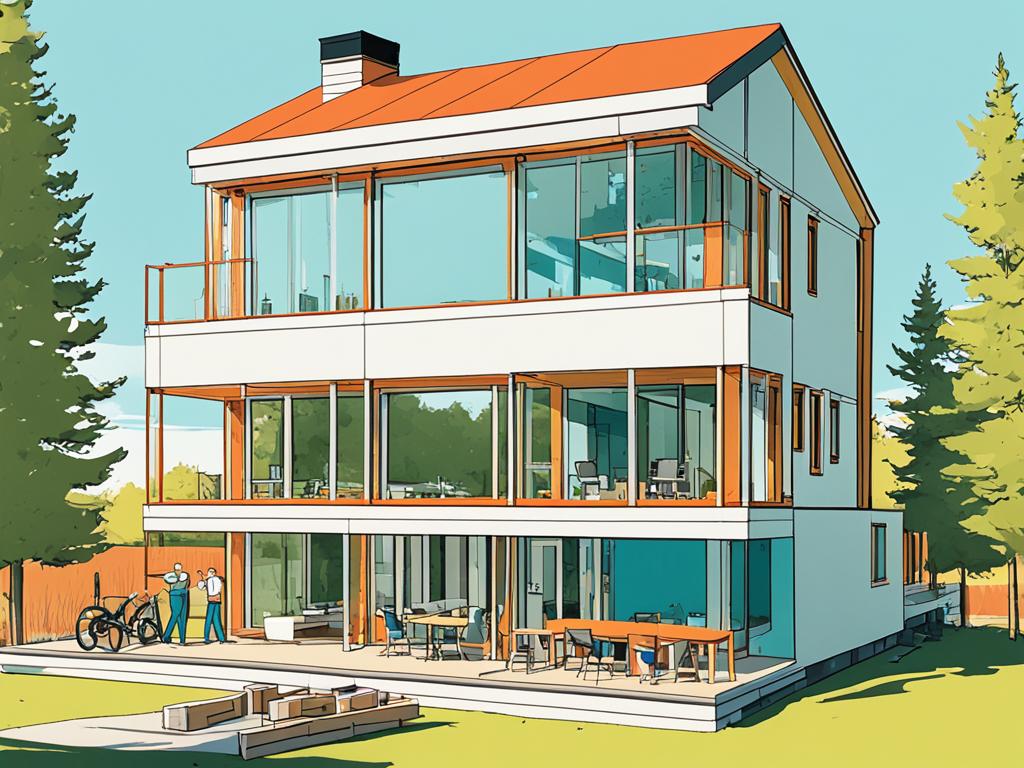
The assembly-line approach Alan employed revolutionized the industry, enabling houses to be built with the same rapidity and precision as cars rolling off an assembly line. The steel frame formed the robust skeleton of the house, providing a solid foundation for its adaptable design. Alan’s vision extended beyond the initial build to an inspired concept of future flexibility and customization.
The adaptability of Alan Dawson’s home was truly groundbreaking. The steel frame of the Adaptahaus allowed for easy dismantling and expansion, offering inhabitants the potential to modify their living spaces as their needs evolved. Moreover, the non-structural internal walls were movable, allowing residents to reconfigure the layout and create personalized spaces that perfectly suited their preferences and lifestyle.
Building a Customizable Living Space
Alan envisioned a future where individuals could choose components from a catalogue to create a truly customizable living space. Whether it be a growing family in need of additional bedrooms or a couple seeking an open-plan layout, the Adaptahaus provided the freedom to adapt and tailor the home to specific requirements. This level of adaptability and customization is a testament to Alan Dawson’s forward-thinking approach and his commitment to providing homes that can be personalized for each resident’s unique needs.
With Alan’s Adaptahaus, the home-building process was no longer a fixed and static endeavor. It became a fluid and dynamic experience, a reflection of the ever-changing needs and aspirations of those who reside within. The rapid build and adaptability of Alan Dawson’s home set a new standard for construction, showcasing an alternative and innovative approach to creating living spaces that truly meet the needs of the individuals who call them home.
Eco-Friendly Features of Alan Dawson’s Adaptahaus
Alan Dawson’s Adaptahaus not only embraced innovative design and rapid construction but also prioritized eco-friendly features, making it a model for future sustainable construction practices. The Adaptahaus showcased several environmentally conscious elements:
- Solar thermal panels: These panels harness the energy from the sun to provide hot water and heating, reducing the reliance on traditional energy sources.
- An air-source heat pump: The Adaptahaus utilized an air-source heat pump that efficiently extracted heat from the surrounding air to warm the house and supply hot water.
- A wood-powered boiler: For backup heating during colder months, the Adaptahaus incorporated a wood-powered boiler, minimizing the carbon footprint.
- A ventilation and heat recovery system: The inclusion of a ventilation and heat recovery system ensured optimal indoor air quality while recovering and reusing heat energy.
- A rainwater collection tank: To reduce water consumption, the Adaptahaus featured a rainwater collection tank, allowing for the use of collected rainwater for various household purposes.
By incorporating these eco-friendly features, Alan Dawson demonstrated that contemporary design and environmental sustainability can harmoniously coexist. The Adaptahaus stands as an exemplar of how innovative construction methods can contribute to a greener future.
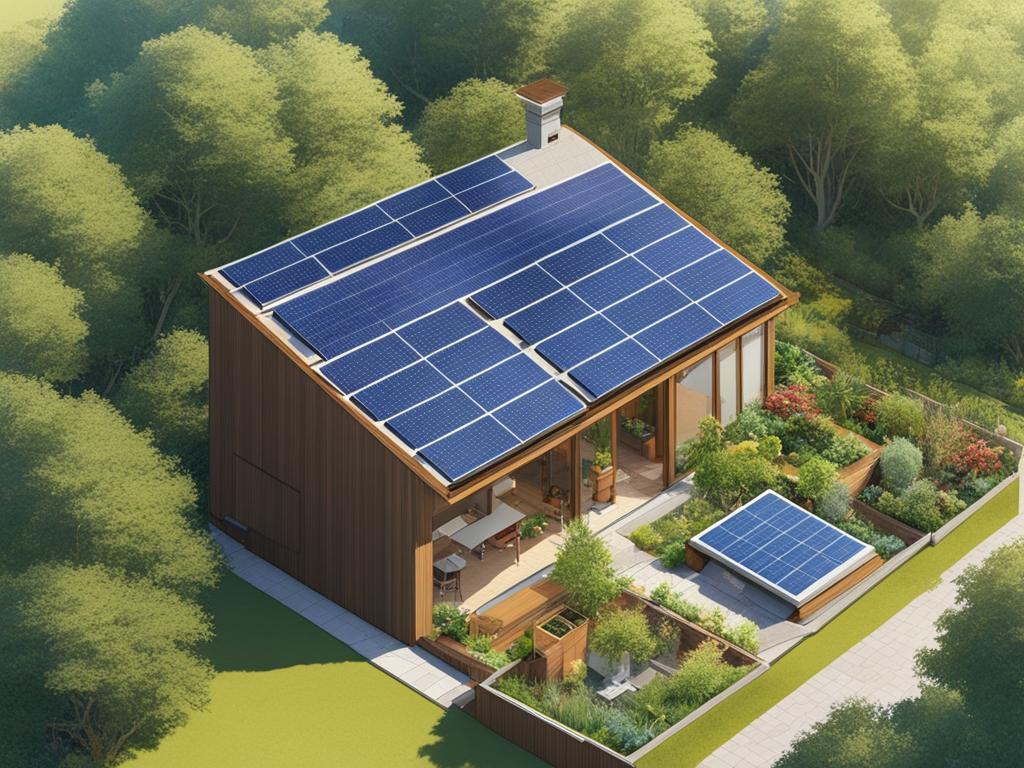
The Cost and Financial Challenges of Building the Adaptahaus
Building the Adaptahaus proved to be more expensive than constructing a traditional house, with a final cost of £512,000. However, despite the financial challenges, Alan remained optimistic about the future prospects of his innovative system and believed that the cost could decrease with the increased demand and construction of more Adaptahaus properties.
Alan’s extraordinary vision and determination attracted significant interest and potential investments worth up to £90 million. This interest was not limited to residential properties but also extended to rapid builds in disaster zones and accommodations for construction workers. Private investors recognized the potential of the Adaptahaus concept and showed eagerness to support Alan’s vision.
Despite the initial financial hurdles, Alan’s pioneering construction approach and the adaptability of the Adaptahaus concept garnered attention and funding from various sources, suggesting a promising future for this innovative housing solution.
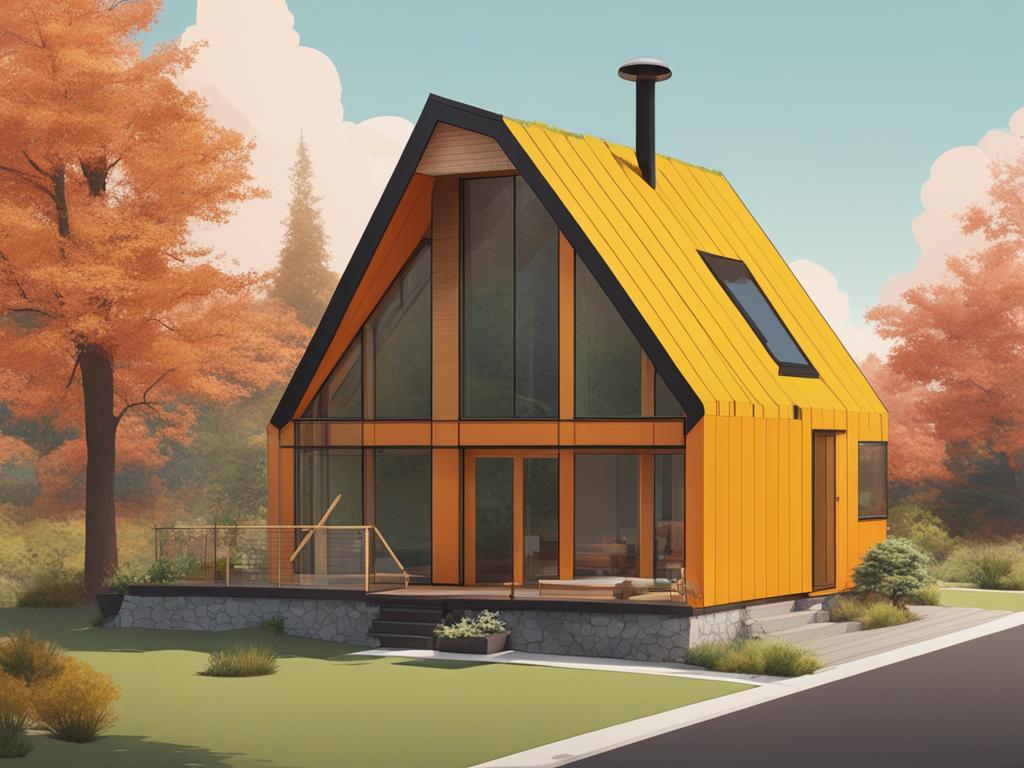
The High Cost of Building
- Building an Adaptahaus incurred higher costs compared to traditional houses due to the innovative nature of the construction process.
- The unique materials, such as the steel frame and other sustainable components, contributed to the increased overall expenditure, making it a financial challenge.
- However, Alan believed that as the Adaptahaus became more widespread and the demand for it grew, economies of scale would lead to a reduction in costs, making it more accessible and affordable.
Financial Challenges and Opportunities
- The financial challenges faced by Alan included securing the initial funding for the project and managing the costs throughout the construction process.
- Despite these challenges, the significant interest and potential investments demonstrated the potential market demand for the Adaptahaus and its various applications.
- Investors recognized the value and viability of the concept, indicating the potential for growth and success in the long run.
Alan and Judith’s Successful Completion of the Adaptahaus
After overcoming numerous challenges, Alan and his wife, Judith, successfully completed their dream home, showcasing the immense potential of the Adaptahaus concept. This innovative steel house, with its unique design and exceptional adaptability, proved to be the perfect solution for their needs.
The successful completion of their Adaptahaus not only fulfilled Alan and Judith’s aspirations but also attracted significant attention from potential investors and individuals seeking to explore the system for various applications. The adaptability and versatility of the Adaptahaus concept demonstrated its potential to revolutionize the construction industry and inspire a new approach to building.
Despite facing hardships and financial strain along the way, Alan and Judith remained resilient and committed to their vision. Their determination and hard work paid off as they transformed their dream into reality and created a home that met their needs and exceeded their expectations.
Alan and Judith’s completed Adaptahaus serves as a testament to the viability and sustainability of this innovative housing solution. Their achievements not only contribute to the evolution of the construction industry but also have the potential to create a positive impact on climate change. By showcasing the possibilities of adaptable and eco-conscious construction, their project inspires others to consider alternative approaches to building.
With their completed Adaptahaus, Alan and Judith have not only created a remarkable home but also paved the way for a future where sustainable, adaptable, and efficient housing solutions become the norm.
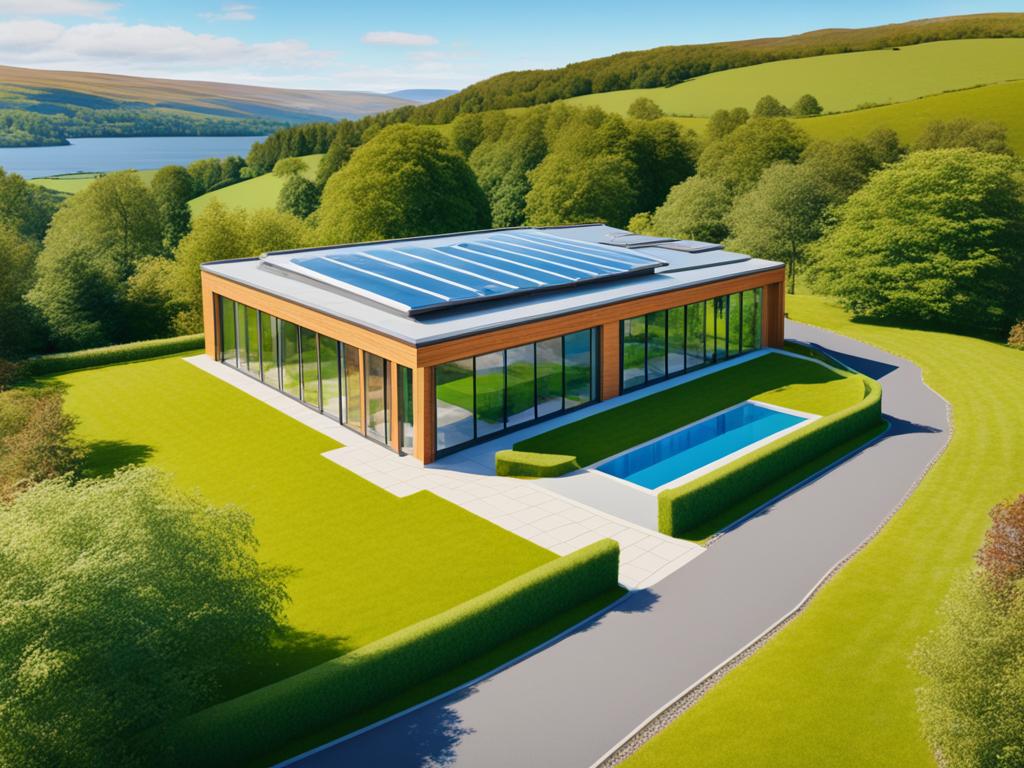
Other Grand Designs Prefab House Projects
Grand Designs has featured a wide range of remarkable prefab house projects, showcasing the potential of innovative construction methods. From luxurious, curved glass mansions to energy-efficient, factory-built modular homes, the show has highlighted the versatility and efficiency of prefabricated housing.
One standout project was the “Future Farmhouse,” designed by architect Sally Sullivan. This eco-friendly home incorporated sustainable materials, with timber cladding and large glazed panels creating a modern and inviting aesthetic. The Future Farmhouse utilized offsite construction techniques, demonstrating how prefab houses can be both stylish and environmentally friendly.
Another noteworthy project was the “Floating House,” designed by architect Tom Raffield. This unique home, located on the River Thames, showcased the possibilities of combining traditional craftsmanship with modern design. The timber-clad exterior and open plan interior provided a seamless connection to the stunning water views, creating a tranquil and contemporary living experience.
In addition, Grand Designs has featured projects that utilized cutting-edge technologies for a truly futuristic living experience. The “Smart Home” project, for example, showcased an intelligent home automation system, allowing residents to control various aspects of their home with ease and convenience.
Learning from Past Projects
Each of these prefab house projects presented unique challenges for the homeowners and architects involved. From overcoming planning restrictions to finding the best construction methods, these projects required careful consideration and expert craftsmanship.
By exploring the successful execution of these projects on Grand Designs, individuals embarking on their own construction journey can gain valuable insights and inspiration. These prefab house projects serve as a testament to the possibilities of innovative construction methods, encouraging homeowners and architects to think outside the box and create exceptional living spaces.
Whether you’re looking to customise a prefabricated home or build a one-of-a-kind design, the lessons learned from these Grand Designs projects can inform your own project, enabling you to create a home that reflects your vision and unique lifestyle.
Stay tuned for the concluding section of our article, where we will summarize the key takeaways from Alan Dawson’s Adaptahaus project and its impact on the construction industry.
Conclusion
Alan Dawson’s Adaptahaus project in Cumbria showcased the incredible potential of sustainable and innovative construction. With his bold vision and determination, Alan successfully revolutionized the housing market, resulting in a unique and adaptable home that attracted interest from individuals and investors worldwide.
The success of the Adaptahaus concept not only addresses housing shortages but also contributes to climate change mitigation. Through its efficient engineering and use of sustainable materials, such as larch and zinc, the Grand Designs prefab house in Cumbria sets an example for the construction industry.
Grand Designs continues to inspire and encourage creativity in the field of prefab housing. From curved glass mansions to factory-built modular homes, the show showcases groundbreaking projects that highlight the versatility and efficiency of innovative construction methods.
Overall, Alan Dawson’s Adaptahaus project, along with other prefab house projects featured on Grand Designs, demonstrates the potential for sustainable and innovative housing solutions. They encourage the industry to embrace creativity and sustainability, paving the way for a more environmentally conscious future.
FAQ
What is the Alan Dawson’s Adaptahaus project in Cumbria?
The Alan Dawson’s Adaptahaus project in Cumbria is a bold and innovative approach to construction, featuring a prefabricated steel house designed to revolutionize the housing market.
How long did it take to build the Adaptahaus?
The Adaptahaus was constructed in just five days, with an additional 15 days for interior finishing.
What sets the Adaptahaus apart from other houses?
The adaptability of the Adaptahaus sets it apart from other houses. Its steel frame can be dismantled or expanded, and the internal walls can be moved to accommodate changing needs.
What eco-friendly features does the Adaptahaus have?
The Adaptahaus features solar thermal panels, an air-source heat pump, a wood-powered boiler for winter backup, a ventilation and heat recovery system, and a rainwater collection tank.
How much did it cost to build the Adaptahaus?
The Adaptahaus cost £512,000 to build, making it more expensive than a traditional house.
Did the Adaptahaus attract interest from investors?
Yes, the Adaptahaus attracted significant interest worth up to £90 million, not only for residential properties but also for rapid builds in disaster zones and worker accommodations.
Who completed the Adaptahaus project?
Alan Dawson and his wife, Judith, successfully completed the Adaptahaus project.
What other remarkable prefab house projects has Grand Designs showcased?
Grand Designs has showcased a range of prefab house projects, including curved glass mansions and factory-built modular homes, highlighting the versatility and efficiency of prefab housing.
How has the Adaptahaus concept influenced the construction industry?
The success of the Adaptahaus concept has inspired interest worldwide, with the potential to address housing shortages, contribute to climate change mitigation, and encourage creativity and sustainability in the construction industry.
Source Links
- https://www.granddesignsmagazine.com/grand-designs-houses/alan-dawson-adaptahaus/
- https://www.express.co.uk/showbiz/tv-radio/1402047/Alan-and-Judith-Grand-Designs-finish-Cumbria-the-dome-house-Lake-District
- https://www.cwgazette.co.uk/news/21137266.grand-designs-kent-couple-take-post-war-prefab-home/

